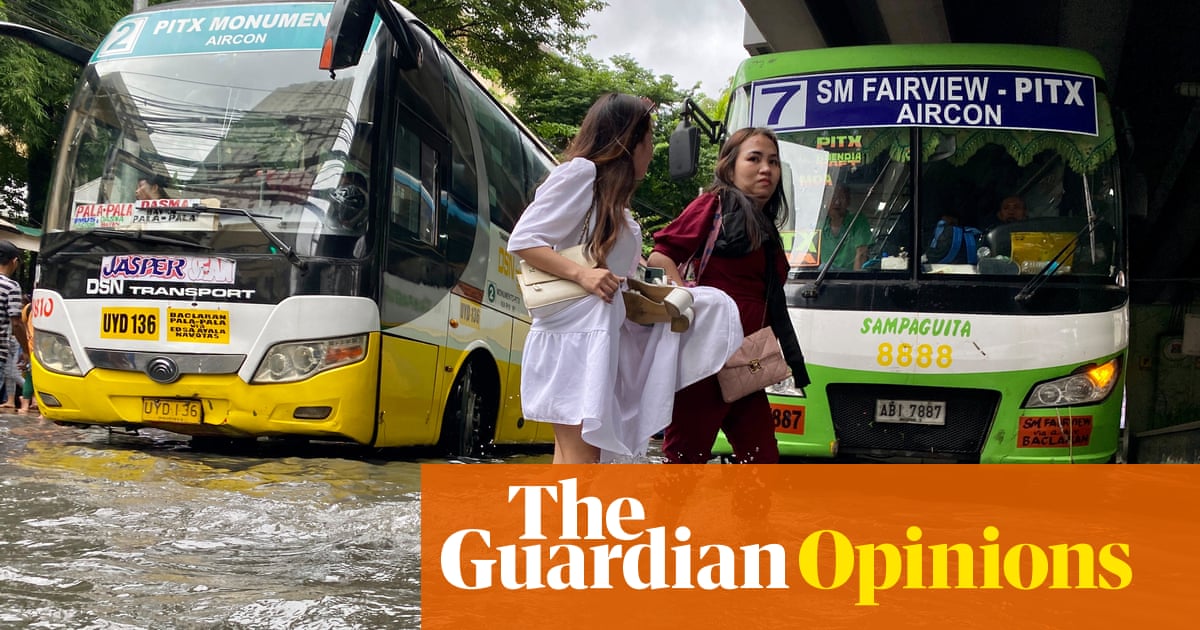
The world is reckoning with the mounting strain of climate change. While the U.S. confronts a devastating summer of wildfires and floods, vulnerable countries around the world continue to suffer from acute and chronic environmental challenges. Tropical storms are getting bigger, droughts are getting drier, and sea level rise is getting faster. But what does this have to do with human trafficking?
The answer: a lot. The aftermath of typhoons and hurricanes are some of the most obvious sites of the climate change-trafficking nexus. After having their belongings and jobs destroyed, disaster victims become easy prey for traffickers. Widows, orphaned children, and men desperate for work may find themselves forced into prostitution or sweatshop labor in neighboring countries with little other recourse. In the wake of the 2004 Indian Ocean tsunami, child abductions for “adoption” in Indonesia surged.
The connection between trafficking and slower-onset changes in the environment might be less obvious. In Syria, researchers speculate that the record-breaking drought from 2007 to 2010 and resulting widespread crop failure was one cause of the country’s conflict. Like in countless other humanitarian crises around the world, thousands of Syrians became vulnerable to trafficking in refugee camps and destination countries like Lebanon.
On the other side of the world, glaciers and lakes are disappearing. Unable to sustain themselves on traditional fishing and farming practices, rural and largely indigenous populations throughout Latin America have been forced to migrate to cities. In Central America’s growing “dry corridor,” increasingly extreme and unpredictable weather is leaving some ten million people without dependable food or income. As a result, thousands of Guatemalans have made attempts to migrate to the U.S., hoping to find work for their family’s survival. Along these journeys of desperation, smugglers and traffickers thrive.
Academics and practitioners are just now starting to map the full constellation of risk within this issue. Cristopher O’Connell, a postdoctoral fellow with Dublin City University and Anti-Slavery International in London, researches the relationship between climate change and contemporary forms of slavery in Peru and Bolivia. In a recent conversation with HTS, he describes how “the relationship between climate change, different forms of exploitation, and environmental damage is a bit harder to see, but it’s there –and it acts in a circular fashion.” He sees this dynamic playing out in his own fieldwork. In 2016, Bolivia second-largest lake, Lake Poopó, dried up, destroying local livelihoods and forcing half of the population to migrate. O’Connell notes that it didn’t disappear just because of climate change. Local mining and agricultural operations in the area were also draining this critical lifeblood for years.
“In return,” he explains, “the indigenous people who were no longer able to fish as they had done for generations are forced into very bad working conditions, including forced labor in mining and agribusiness themselves…they end up working in the same industries that are polluting and deforesting these communities.”












